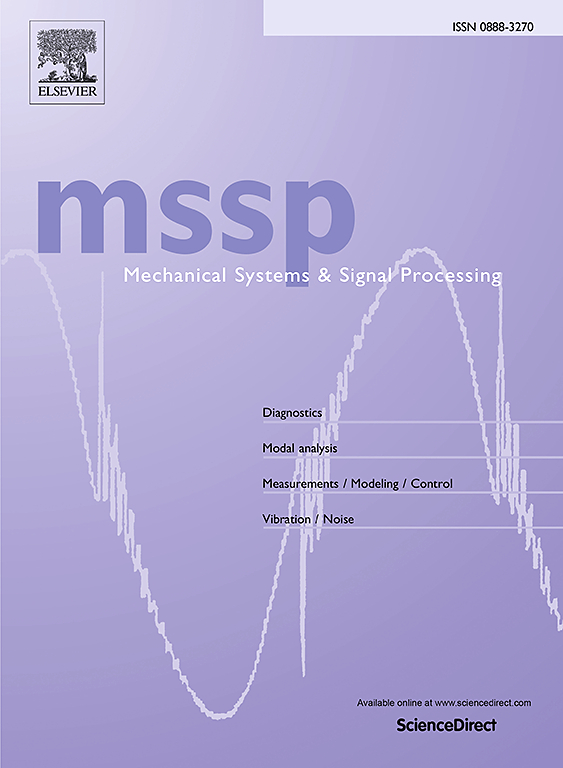城市轨道交通设施振动波场传播有限元数值模拟及现场数据分析
IF 8.9
1区 工程技术
Q1 ENGINEERING, MECHANICAL
引用次数: 0
摘要
随着城市轨道交通系统的快速扩张,在人口密集的环境中,地下轨道交通运行引起的振动问题日益受到关注。本文提出了一种将激励源函数解析推导与有限元建模相结合的方法来模拟地铁诱发地面振动的全路径传播并验证结果。与传统的基于三维有限元的方法不同,我们的方法将移动的列车建模为一系列激励点源,并专注于波场的产生、传播和衰减。源函数是解析导出的,并在有限元框架内实现以模拟弹性波的传播。将模拟结果与现场测量结果进行了比较,表明能量分布和衰减趋势吻合较好。最后,研究讨论了模型的局限性,并概述了提高模型保真度和适用性的未来方向。本文章由计算机程序翻译,如有差异,请以英文原文为准。

Finite element-based numerical modeling and field data analysis of vibration wavefield propagation in urban rail transit facilities
With the rapid expansion of urban rail transit systems, vibrations induced by underground metro operations have become an increasing concern in densely populated environments. This study proposes a method that combines analytical derivation of the excitation source function with finite element modeling to simulate the full-path propagation of metro-induced ground vibrations and validate the results. Departing from conventional 3D FEM-based methods, our approach models the moving train as a sequence of excitation point sources and focuses on wavefield generation, propagation, and attenuation. The source function is derived analytically and implemented within a finite element framework to model elastic wave propagation. Simulation results are compared with field measurements, demonstrating good agreement in terms of energy distribution and attenuation trends. Finally, the study discusses the model’s limitations and outlines future directions for improving its fidelity and applicability.
求助全文
通过发布文献求助,成功后即可免费获取论文全文。
去求助
来源期刊

Mechanical Systems and Signal Processing
工程技术-工程:机械
CiteScore
14.80
自引率
13.10%
发文量
1183
审稿时长
5.4 months
期刊介绍:
Journal Name: Mechanical Systems and Signal Processing (MSSP)
Interdisciplinary Focus:
Mechanical, Aerospace, and Civil Engineering
Purpose:Reporting scientific advancements of the highest quality
Arising from new techniques in sensing, instrumentation, signal processing, modelling, and control of dynamic systems
 求助内容:
求助内容: 应助结果提醒方式:
应助结果提醒方式:


